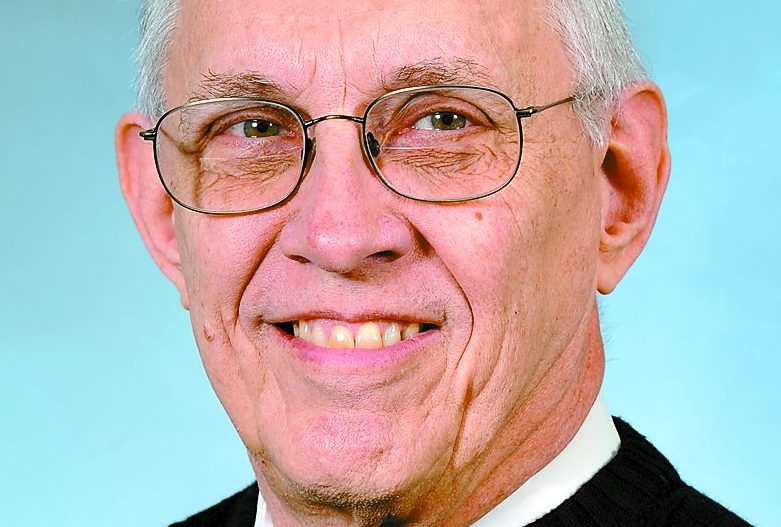Witt: Addressing fair representation
Published 10:31 am Tuesday, September 10, 2019

- Chuck Witt is a retired architect and a lifelong resident of Winchester.
In “Federalist 55,” James Madison (he was the author of this paper while Alexander Hamilton and John Jay authored others of the 85) expounds on the proper number of representatives for the new government.
He was concerned too large a House would never be able to properly represent the people or accomplish the work before them.
Article I of the Constitution stipulates the number of representatives shall not exceed one per 30,000 inhabitants. There were 65 representatives in the first Congress.
If that proportion had maintained, the current House of Representatives would number 11,000 rather than 435, obviously an unmanageable number (and one that would not fit into the Capitol).
Unfortunately, the Constitution (as in several of its other articles) is somewhat vague in this regard.
An amendment was proposed — but not adopted — that changed the ratio as the population increased, but effectually, the number has been determined by the House of Representatives itself.
In 1913, the Apportionment Act of 1911 was passed by the House, setting the number of Representatives at 435. This act became effective March 4, 1913, and in 1929, the Permanent Apportionment Act of 1929 confirmed and fixed this number.
So, the number of people represented by each member of the House as continued to grow as the population has expanded, now reaching one representative per 758,620 individuals.
Seven states currently have only one Representative, Alaska, Delaware, North and South Dakota, Montana, Vermont and Wyoming. Kentucky’s six Representatives each represent approximately 780,000 inhabitants (pretty close to the national average).
As the national population changes, states may lose or gain representatives, based on how the representational percentage averages out.
Madison avers that “nothing can be more fallacious than to found our political calculation on arithmetical principles. Sixty or seventy men (they were all men at the time) may be more properly trusted with a given degree of power than six or seven. But it does not follow that six or seven hundred would be proportionally a better depositary. And if we carry on the supposition to six or seven thousand, the whole reasoning ought to be reversed.” He cites “the confusion and intemperance of a multitude” where “passion never fails to wrest the scepter from reason.”
Observers of today’s Congress might well be asking themselves whether or not 435 is a number which is proving to be unmanageable as well, and certainly it has been shown that the “multitude” of 435 is capable of demonstrating confusion and intemperance.
While the number of representatives has remained stationary at 435 for over a century, the population of the U.S. has increased about threefold.
Further, the issues facing today’s Congress are immensely more complex than those faced by House members in 1913, not to mention that members are encouraged to spend between 30 percent and 70 percent of their time rounding up money for the next election cycle.
It is also reasonable to question whether the modern methods of communication have eased or exacerbated the process of governing.
Madison was not prescient. He could never have foreseen what the nation’s legislative bodies would become. “Federalist 55” raises interesting issues about representation, but neither he nor those who promulgated the Constitution were able to adequately address the problem.
Chuck Witt is a retired architect and a lifelong resident of Winchester. He can be reached at chuck740@bellsouth.net.





